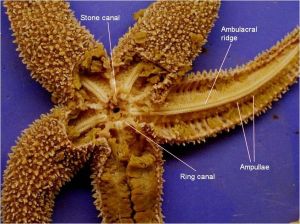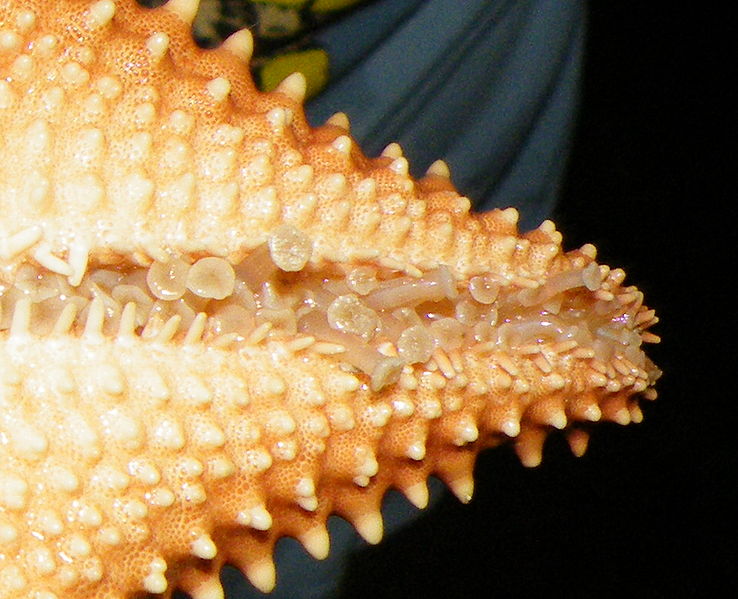 A few weeks ago I had the pleasure meet up with Jen Miller, a freelance reporter, to discuss some of the little known and finer attributes that the often pesky ‘sand’ brings to our beaches. For instance, did you know that all beach sand contains quartz? The odd thing is that the land surrounding some beaches doesn’t contain any quartz. Read her article from NewsWorksNJ to find out how the quartz arrives on some shorelines, as well as why sand is an integral part of the dune ecosystem that we rely on to protect our homes from big storms and waves.
A few weeks ago I had the pleasure meet up with Jen Miller, a freelance reporter, to discuss some of the little known and finer attributes that the often pesky ‘sand’ brings to our beaches. For instance, did you know that all beach sand contains quartz? The odd thing is that the land surrounding some beaches doesn’t contain any quartz. Read her article from NewsWorksNJ to find out how the quartz arrives on some shorelines, as well as why sand is an integral part of the dune ecosystem that we rely on to protect our homes from big storms and waves.
Please feel free to email info@beachchairscientist.com with any questions, comments, or suggestions for posts.


















What people are saying …